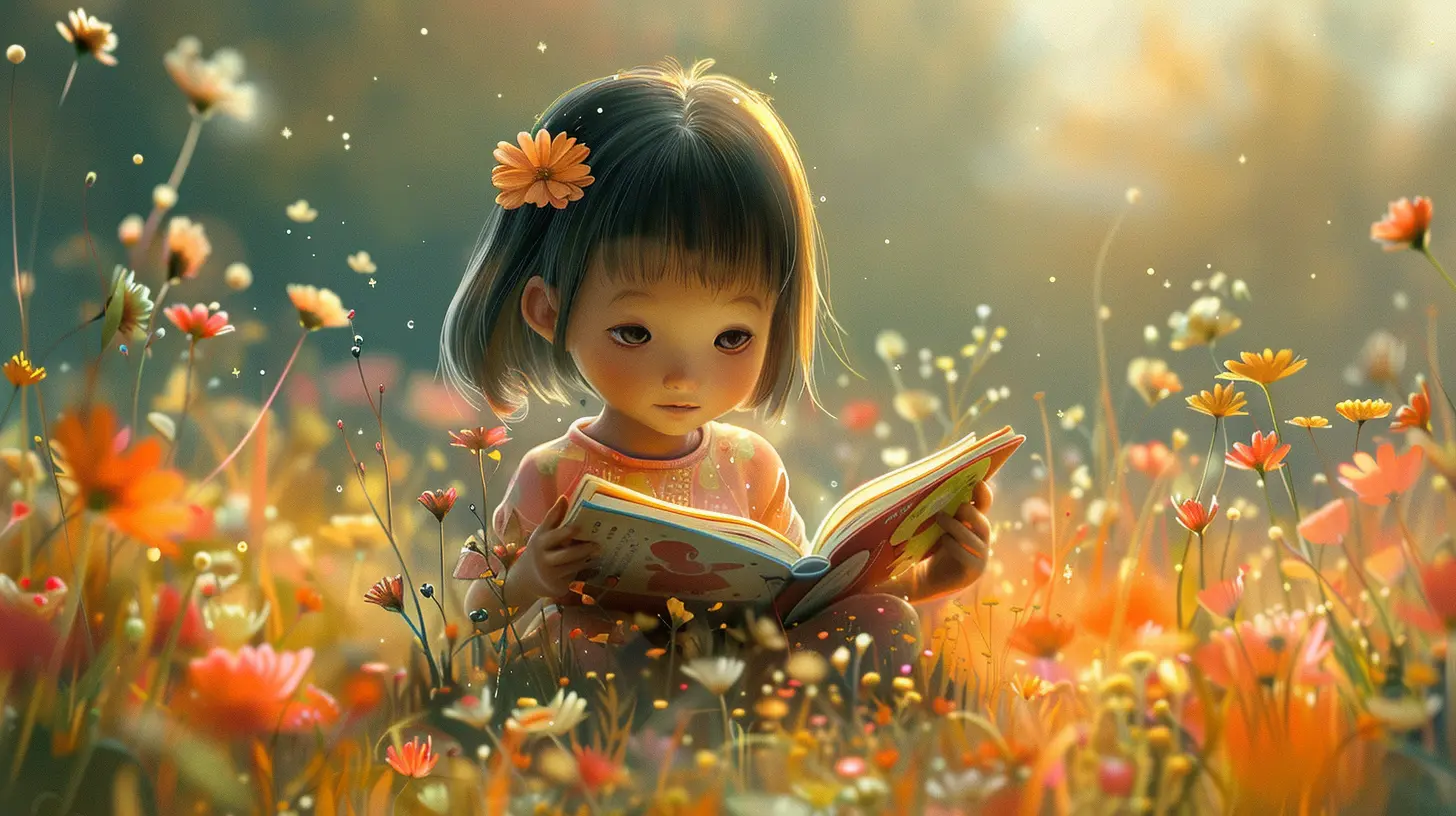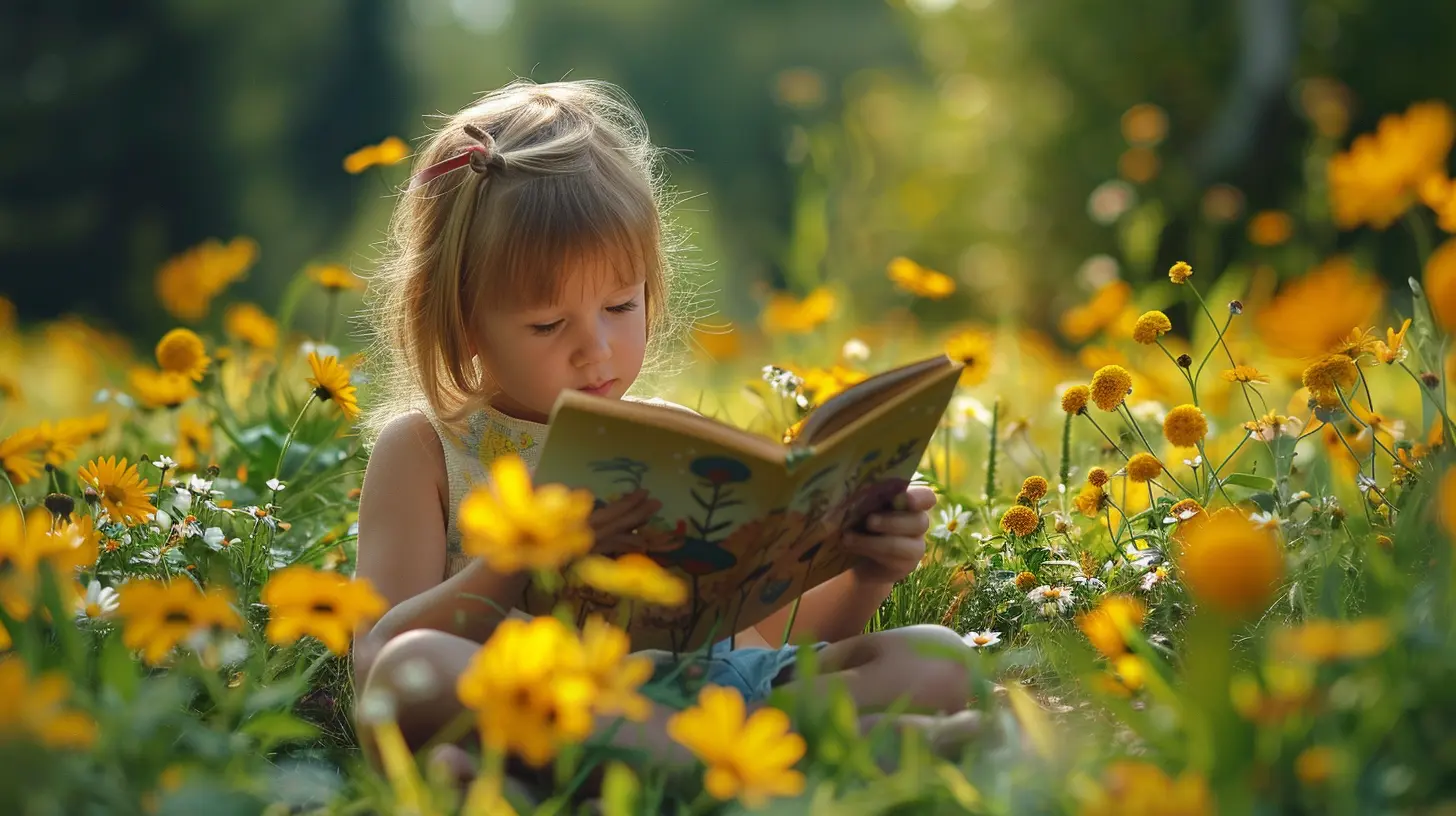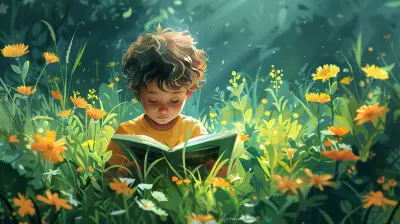The Joy of Picture Books: Why They’re More Important Than You Think
21 August 2025
Picture books—those beautifully illustrated little gems—aren’t just for kids. They’re magical portals that ignite imagination, build language skills, and create cherished memories. But did you know they do much more than just entertain?
In today’s digital world, where screens dominate, picture books remain timeless treasures that shape children’s minds and hearts. Whether you’re a parent, teacher, or book lover, you’ll soon realize why these books are far more important than you ever imagined.

The Power of Picture Books in Child Development
1. Building Strong Early Literacy Skills
Before kids even learn to read, picture books lay the foundation for literacy. The rhythm of the words, the repetition of sounds, and the visual storytelling all help young minds absorb language naturally.Have you ever noticed how toddlers "read" books before they actually know how? They mimic the flow of reading, turn pages, and recall familiar phrases. That’s because picture books introduce phonics, rhythm, and word association in a way that’s fun and engaging.
2. Expanding Vocabulary Without Effort
One major benefit of picture books is their ability to introduce words children might not hear in everyday conversations. Books expose them to richer language, complex sentence structures, and new ideas—things they won’t pick up from screen time alone.For example, a book about the ocean might introduce words like "coral reef," "current," or "bioluminescent"—terms that wouldn’t normally come up at the dinner table.
3. Strengthening Emotional Intelligence
Picture books aren’t just about words and illustrations; they’re about feelings.Kids experience a wide range of emotions as they follow characters through adventures, challenges, and triumphs. When a little bunny feels lonely or a lost puppy finds a home, children connect with those emotions.
This helps them develop empathy, understand different perspectives, and navigate their own feelings better.
4. Encouraging a Love for Reading
Let’s be honest—getting kids excited about reading isn’t always easy. But colorful illustrations and captivating stories grab their attention, making books feel like an adventure rather than a chore.The more kids associate books with joy, the more likely they are to develop a lifelong love for reading. And that love opens doors to better academic performance, stronger critical thinking skills, and even greater creativity.

The Magic of Pictures and Words Working Together
5. Enhancing Comprehension Through Visuals
Think about it—how often do we rely on visuals to understand something? Whether it’s a map, an infographic, or even an emoji, images help convey meaning.For kids still learning to decode words, illustrations act as clues that help them grasp the story. They reinforce what’s happening and allow children to predict what comes next, making reading an interactive experience rather than a passive one.
6. Boosting Memory and Retention
Fun fact: people remember pictures better than text.That’s why kids can recall their favorite storylines, characters, or even exact phrases from picture books long after reading them. The combination of visual storytelling and repetition strengthens memory in ways that plain text alone cannot.
Parents might notice that after reading a book several times, their little ones start "reading" it back—even if they’re not actually reading yet. That’s their memory at work!
7. Sparking Creativity and Imagination
Picture books take kids on adventures beyond their everyday world. From talking animals to whimsical landscapes, these books stretch young imaginations, teaching them to think outside the box.Ever watched a child act out a scene from a book? That’s creativity in action. Books inspire kids to tell their own stories, draw their own illustrations, and dream up their own magical worlds.

Picture Books vs. Digital Media
With tablets and smartphones competing for kids’ attention, you might wonder—why not just use an app or an animated story?8. The Screen vs. the Page
While digital media has its place, picture books offer benefits that screens simply can’t replicate. The tactile experience of holding a book, turning the pages, and engaging with the story in a distraction-free space is irreplaceable.Not to mention, studies show that children retain more information when reading physical books compared to digital content. The slower pacing of reading a book allows for deeper thinking, while screens tend to encourage passive consumption.
9. Strengthening Parent-Child Bonds
Reading a picture book together isn't just about the story—it’s about connection.Storytime creates special moments between parents and kids. Snuggling up with a book fosters closeness, encourages conversation, and builds a comforting routine.
Unlike digital devices, books don’t come with distractions like notifications, apps, or background noise. They allow for genuine one-on-one interactions, which are essential for emotional and social development.
10. Reducing Screen Time Naturally
Parents constantly struggle to limit screen time—but picture books offer the perfect distraction. Kids engrossed in a beautifully illustrated story are less likely to reach for a tablet or TV remote.A well-loved book can keep a child entertained just as well as a flashy screen, with the added bonus of boosting brain development rather than overstimulating it.

How to Make the Most of Picture Books
11. Read Aloud with Expression
A monotone reading won’t do justice to a great story. Use different voices for characters, emphasize emotions, and bring the book to life.12. Ask Questions and Encourage Discussions
Engaging with the story helps kids develop critical thinking. Ask questions like:- "What do you think will happen next?"
- "How do you think the character is feeling?"
- "Can you find something in the picture that starts with the letter B?"
These little interactions make reading more immersive and educational.
13. Let Kids Pick Their Own Books
Children are more excited to read books they choose themselves. Take them to the library or bookstore and let them explore. Chances are, they’ll develop a stronger attachment to reading when they feel in control of their selections.14. Read Together Daily
Even just 10-15 minutes a day makes a huge difference. The consistency helps build vocabulary, comprehension, and a lifelong appreciation for books.Conclusion
Picture books are so much more than just bedtime stories. They shape language skills, build emotional intelligence, spark creativity, and strengthen family bonds. In a world full of screens and distractions, these timeless treasures remain one of the best tools for child development.So next time you pick up a picture book, remember—you’re not just reading. You’re creating memories, shaping a young mind, and opening doors to a world of wonder.
all images in this post were generated using AI tools
Category:
Childrens BooksAuthor:

Tara Henson
Discussion
rate this article
1 comments
Maddox Horne
Picture books ignite imagination and foster connection—essential for nurturing a child's love for reading. Embrace them!
September 15, 2025 at 2:56 PM

Tara Henson
Absolutely! Picture books are vital for sparking creativity and building a lifelong passion for reading. Embrace their magic!


